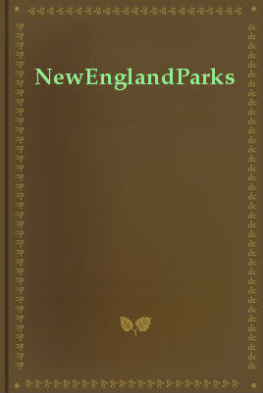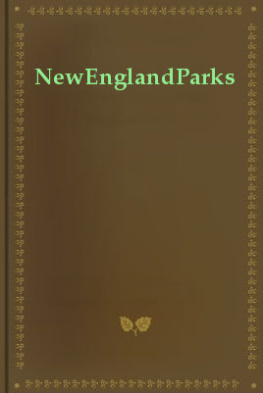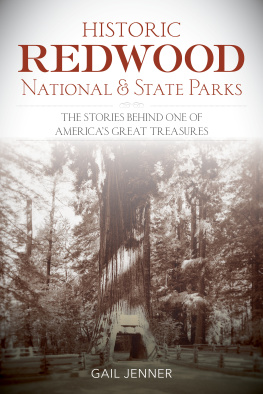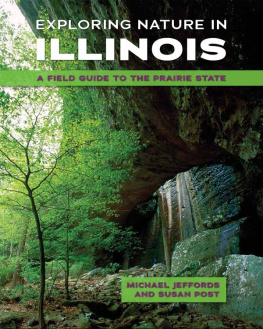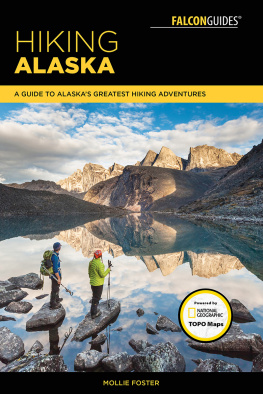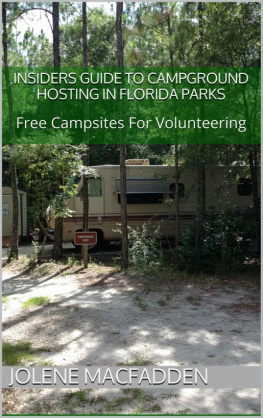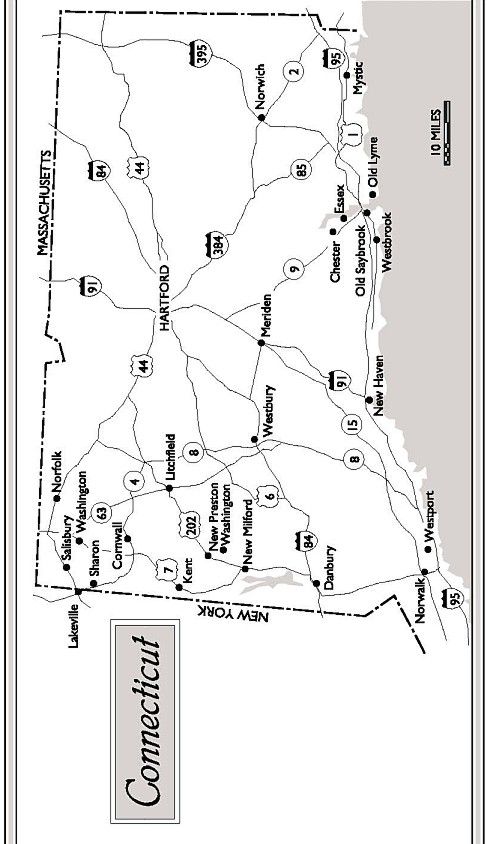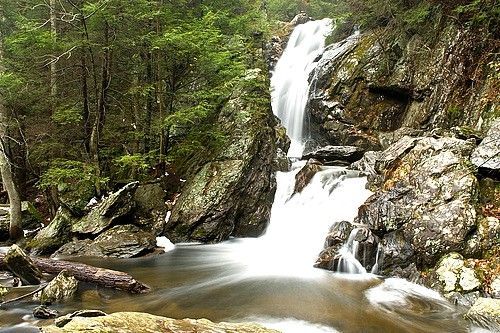Barbara Sinotte - Connecticut: A Guide to the State Parks & Historic Sites
Here you can read online Barbara Sinotte - Connecticut: A Guide to the State Parks & Historic Sites full text of the book (entire story) in english for free. Download pdf and epub, get meaning, cover and reviews about this ebook. year: 2013, publisher: Hunter, genre: Politics. Description of the work, (preface) as well as reviews are available. Best literature library LitArk.com created for fans of good reading and offers a wide selection of genres:
Romance novel
Science fiction
Adventure
Detective
Science
History
Home and family
Prose
Art
Politics
Computer
Non-fiction
Religion
Business
Children
Humor
Choose a favorite category and find really read worthwhile books. Enjoy immersion in the world of imagination, feel the emotions of the characters or learn something new for yourself, make an fascinating discovery.
- Book:Connecticut: A Guide to the State Parks & Historic Sites
- Author:
- Publisher:Hunter
- Genre:
- Year:2013
- Rating:3 / 5
- Favourites:Add to favourites
- Your mark:
Connecticut: A Guide to the State Parks & Historic Sites: summary, description and annotation
We offer to read an annotation, description, summary or preface (depends on what the author of the book "Connecticut: A Guide to the State Parks & Historic Sites" wrote himself). If you haven't found the necessary information about the book — write in the comments, we will try to find it.
This guide is a must for both visitors and residents who want to enjoy the wide range of recreational opportunities offered here. Connecticut measures 90 miles east to west, 75 miles north to south, with the Connecticut River cutting the state in half. It is rolling and hilly and ever changing. It is tiny, to say the least, but this wonderful state offers some of the best kept parks and forests anywhere and will not disappoint you. Some of the parks are small, but they offer sanctuary for birds and wildlife and even city-weary urban dwellers. Algonquin State Forest, Cockaponset State Forest, Edward Steichen Memorial Wildlife Preserve, Housatonic Meadows State Park, Macedonia Brook State Park, Rocky Neck State Park, Salmon River State Forest, Salt Meadow National Wildlife Refuge these are just a few of close to 40 state parks and forests described in this guide. Then there are the historic sites, from Weir Farm National Historic Site to the Yale University Art Gallery, Florence Griswold Museum to the Connecticut Impressionist Art Trail. This guide will help you find the perfect place for a weekend getaway, active family outing, quiet wilderness retreat almost any type of outdoor experience you desire. Included are nature trails, scenic drives, historic sites, location maps, hiking tips and all the contact information you need.
Barbara Sinotte: author's other books
Who wrote Connecticut: A Guide to the State Parks & Historic Sites? Find out the surname, the name of the author of the book and a list of all author's works by series.

